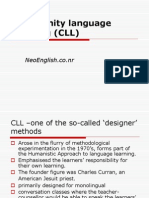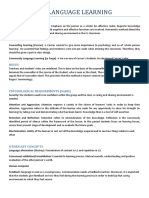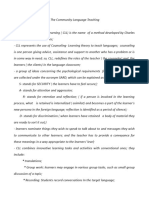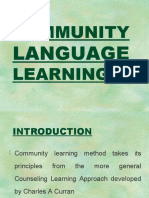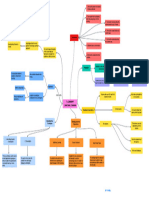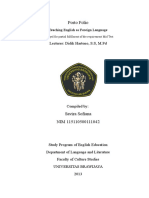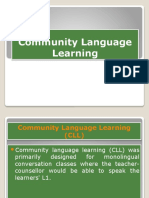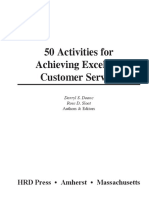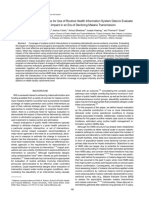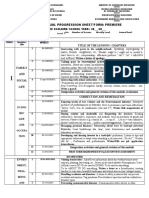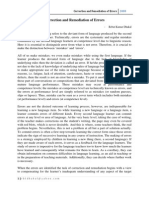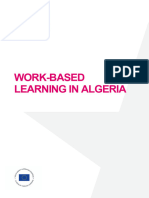0% found this document useful (0 votes)
92 views19 pagesCommunity Language Learning
Community Language Learning is a method where the teacher acts as a counselor and students learn through recording conversations and analyzing the language. It focuses on whole-person learning and aims to create a safe environment where students can learn inductively at their own pace.
Uploaded by
LUTFIA ADINDA S1 Pendidikan Bahasa InggrisCopyright
© © All Rights Reserved
We take content rights seriously. If you suspect this is your content, claim it here.
Available Formats
Download as PPTX, PDF, TXT or read online on Scribd
0% found this document useful (0 votes)
92 views19 pagesCommunity Language Learning
Community Language Learning is a method where the teacher acts as a counselor and students learn through recording conversations and analyzing the language. It focuses on whole-person learning and aims to create a safe environment where students can learn inductively at their own pace.
Uploaded by
LUTFIA ADINDA S1 Pendidikan Bahasa InggrisCopyright
© © All Rights Reserved
We take content rights seriously. If you suspect this is your content, claim it here.
Available Formats
Download as PPTX, PDF, TXT or read online on Scribd
/ 19






